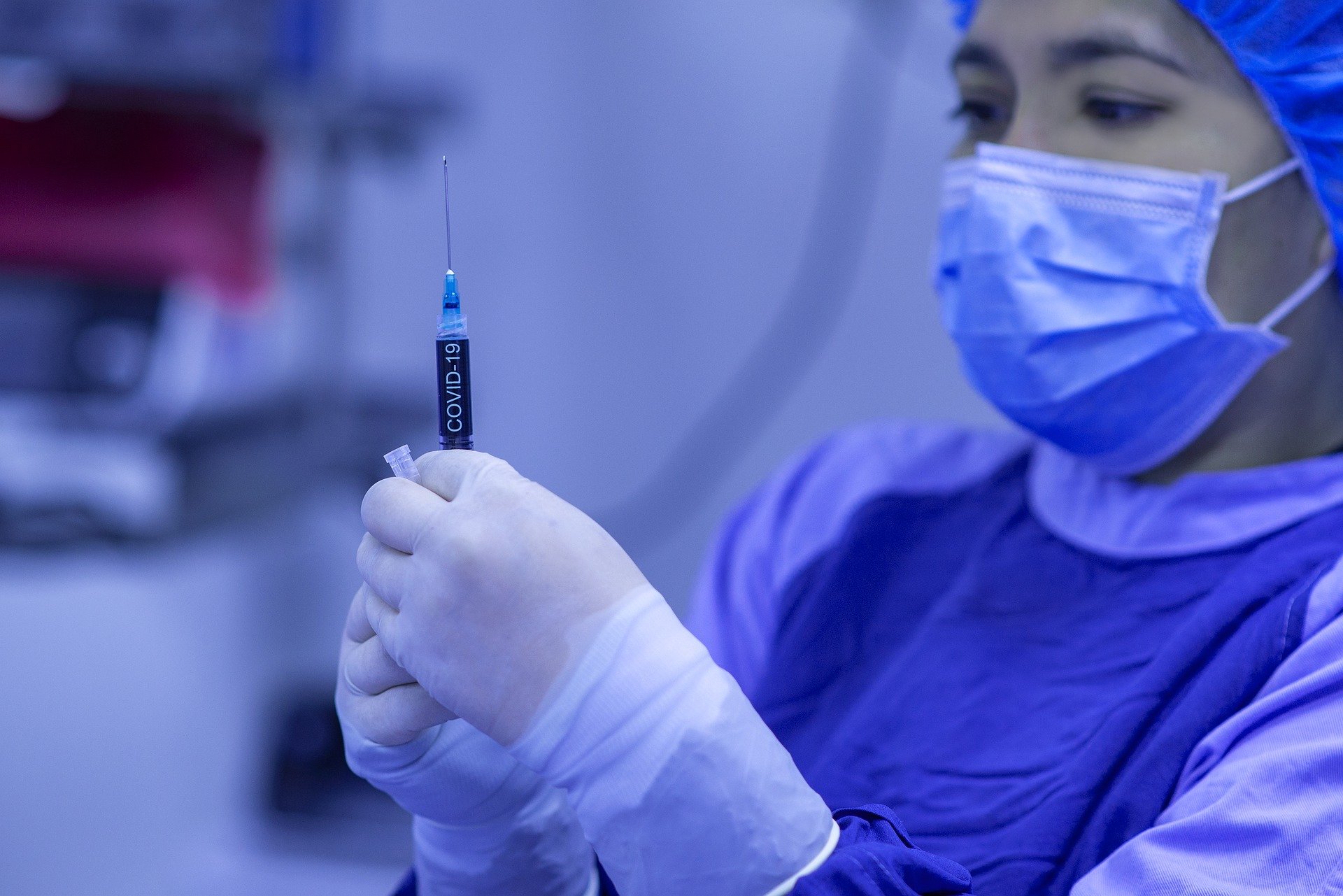COVID SCIENCE-Strong immune response found in asymptomatic patients; virus crosses throat membrane into brain
Researchers studied immune system T cells in 76 symptomatic COVID-19 patients and 85 infected individuals without symptoms and reported their findings on Friday on bioRxiv ahead of peer review. Reopenings were linked with "dramatic" COVID-19 spikes in counties with fewer than 250,000 residents, whereas larger counties "had a flat infection growth rate," according to Mike Penuliar of Texas Tech University.

The following is a roundup of some of the latest scientific studies on the novel coronavirus and efforts to find treatments and vaccines for COVID-19, the illness caused by the virus.
Immune system responds strongly in asymptomatic COVID-19 Asymptomatic people infected with COVID-19 are mounting robust immune responses that differ from responses in those who become ill, according to a study that appears to contradict previous thinking by health experts. Researchers studied immune system T cells in 76 symptomatic COVID-19 patients and 85 infected individuals without symptoms and reported their findings on Friday on bioRxiv ahead of peer review. Some of these cells - CD8+ T cells - can recognize virus-infected cells and destroy them. They also produce inflammatory proteins, or cytokines, that help to prevent the virus from making copies of itself. Others known as CD4 helper T cells help the body produce B cells, which make antibodies. Everyone in the study had similar frequencies of T cells that could recognize the virus and destroy infected cells, regardless of whether they had symptoms. But the T cells of asymptomatic individuals produced higher levels of cytokines important for fighting the virus, including interferon-gamma and interleukin-2. "What we still need to understand is whether those T cells can persist over time and offer long-term immunity," said coauthor Antonio Bertoletti of Duke-NUS Medical School, Singapore.(https://bit.ly/37oBDof)
New coronavirus crosses membranes between throat and brain The novel coronavirus uses the nose as a gateway into the brain, autopsy findings suggest. The presence of the virus in the brain and cerebrospinal fluid has been linked with neurological symptoms, but exactly how the virus enters the central nervous system has not been clear. During autopsies of 33 patients who died of COVID-19, researchers examined the nasopharynx - the region where the nasal cavity connects with the back of the throat - which happens to be in close proximity to the brain. By dissecting cells and following the path of infection, they saw that the virus invades the brain by crossing through the mucous membranes that separate it from the nasopharynx. From there, according to a report published on Monday in Nature Neuroscience, it may travel along the nerve fibers that connect the nasal cavity to the part of the brain involved in the sense of smell, which would explain "some of the well-documented neurological symptoms in COVID-19, including alterations of smell and taste perception." The researchers also found virus particles in brain regions with no direct connection to the nose, which suggests there may be additional routes of viral entry into the brain. (https://go.nature.com/2Vl41SU)
University reopenings tied to some COVID-19 spikes University communities outside of heavily populated areas may be particularly vulnerable to COVID-19 transmission from student influxes. Researchers analyzed the impact of reopening U.S. universities with at least 15,000 students in the fall 2020 semester in 80 counties with at least 1 million residents, 49 counties with 250,000 to 999,999 residents, and 44 counties with up to 249,999 residents. Reopenings were linked with "dramatic" COVID-19 spikes in counties with fewer than 250,000 residents, whereas larger counties "had a flat infection growth rate," according to Mike Penuliar of Texas Tech University. Infection rates in the counties that experienced spikes never returned to pre-reopening levels, his team reported on Sunday on medRxiv ahead of peer review. "Spikes in rural locations can be dire," Penuliar said, noting fewer hospital resources, intensive care unit beds and expert medical personnel in those areas. Coauthor Billy Philips, also of Texas Tech, added that much of the fall surges in this study can be attributed to a vulnerable pool of people in the general population being infected by college students who are more likely to have mild or asymptomatic disease and unwittingly spread the virus. (https://bit.ly/3lpbnPR)
(This story has not been edited by Devdiscourse staff and is auto-generated from a syndicated feed.)










